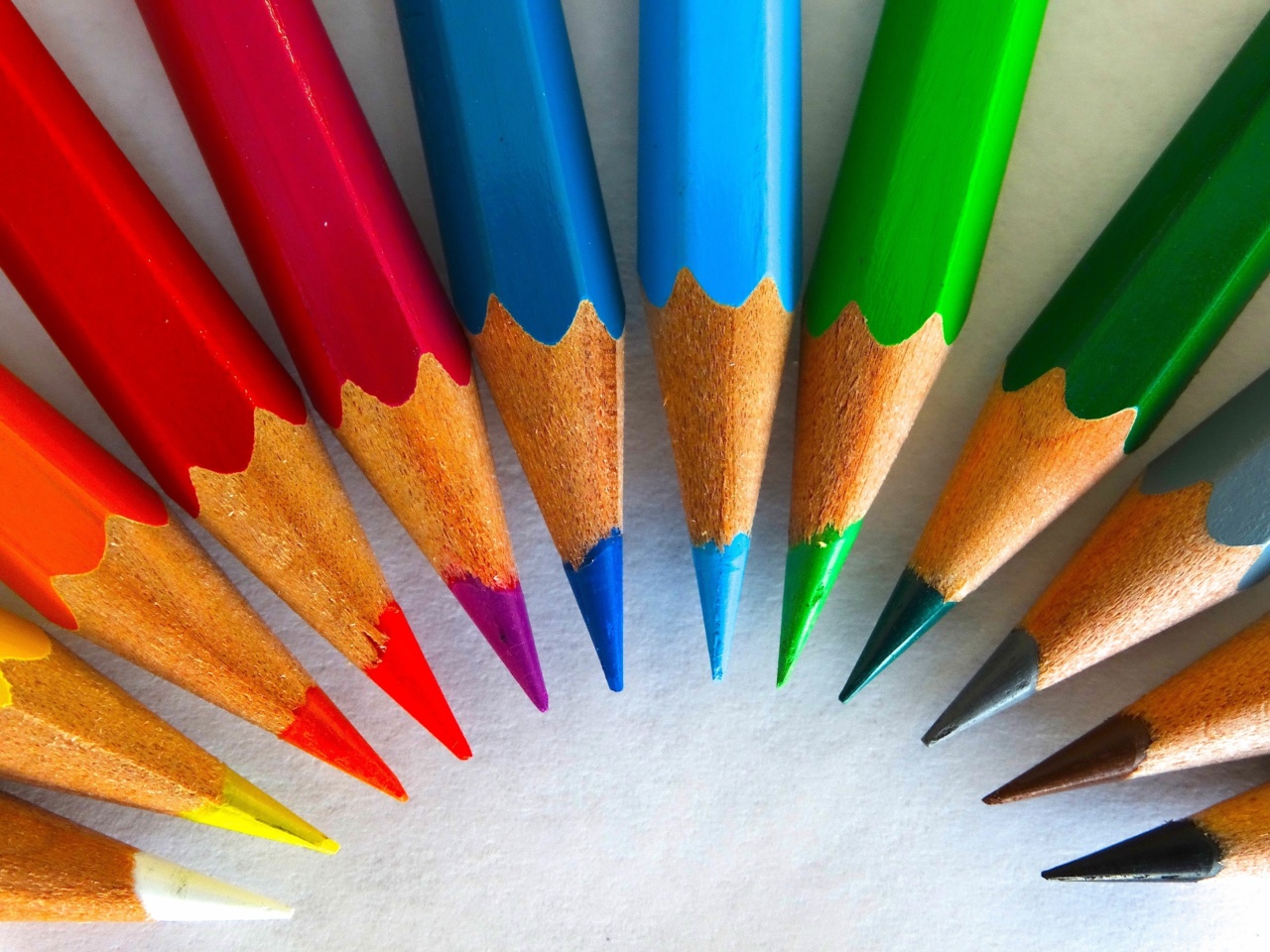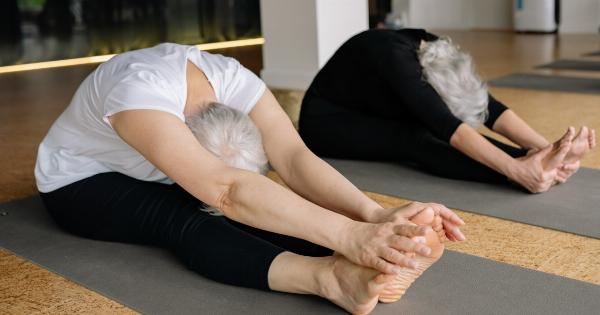Bladder control issues can be embarrassing and disruptive to daily life.
Whether you’re experiencing urinary incontinence due to aging, pregnancy, surgery, or other medical conditions, there are various tips and techniques that can help you regain control over your bladder. In this article, we will explore some effective strategies to manage and improve bladder control.
1. Pelvic Floor Exercises (Kegels)
Pelvic floor exercises, commonly known as Kegels, are a popular technique for strengthening the muscles that support the bladder. By regularly practicing Kegels, you can improve bladder control and reduce symptoms of urinary incontinence.
2. Maintain a Healthy Weight
Excess weight can put additional pressure on the bladder, leading to urinary incontinence. By maintaining a healthy weight through regular exercise and a balanced diet, you can alleviate the stress on your bladder and improve control.
3. Limit Fluid Intake
Monitoring your fluid intake can help manage bladder control issues. Limiting the amount of fluids you consume, especially before bedtime or prior to engaging in physical activities, can reduce the frequency and urgency of urination.
4. Schedule Bathroom Breaks
Setting a regular schedule for bathroom breaks can help retrain your bladder and improve control. Gradually increasing the time between bathroom visits can help increase bladder capacity and reduce the frequency of urination.
5. Bladder Training
Bladder training involves gradually extending the time between bathroom visits. This technique helps your bladder learn to hold urine for longer periods, ultimately improving your control.
It requires patience and persistence but can be highly effective in regaining bladder control.
6. Avoid Irritating Foods and Drinks
Certain foods and drinks can irritate the bladder and worsen urinary incontinence symptoms. Some common irritants include caffeine, alcohol, spicy foods, citrus fruits, and artificial sweeteners.
By eliminating or reducing your consumption of these irritants, you may experience an improvement in bladder control.
7. Manage Constipation
Constipation can contribute to bladder control issues by putting pressure on the bladder. Ensure you have regular bowel movements by consuming a fiber-rich diet, drinking plenty of fluids, and engaging in regular exercise.
Managing constipation can positively impact bladder control.
8. Practice Double Voiding
Double voiding involves urinating, waiting a moment, and then attempting to urinate again. This technique helps empty the bladder more fully, reducing the likelihood of frequent urination or leaks shortly after using the restroom.
9. Wear Appropriate Protection
During your journey to regain bladder control, it’s crucial to wear appropriate protection, such as absorbent underwear or pads, to manage any leaks or accidents that may occur.
This can provide peace of mind and help you continue with your daily activities confidently.
10. Seek Professional Help
If self-help techniques do not yield significant improvements in bladder control, it is essential to consult a healthcare professional.
They can evaluate your condition, provide additional guidance, and recommend appropriate treatment options tailored to your specific needs.
Conclusion
Regaining bladder control requires patience, consistency, and a comprehensive approach that combines lifestyle changes, pelvic floor exercises, and proper management techniques.
By implementing these tips and techniques, you can significantly improve bladder control, reduce urinary incontinence symptoms, and regain confidence in your daily life.































